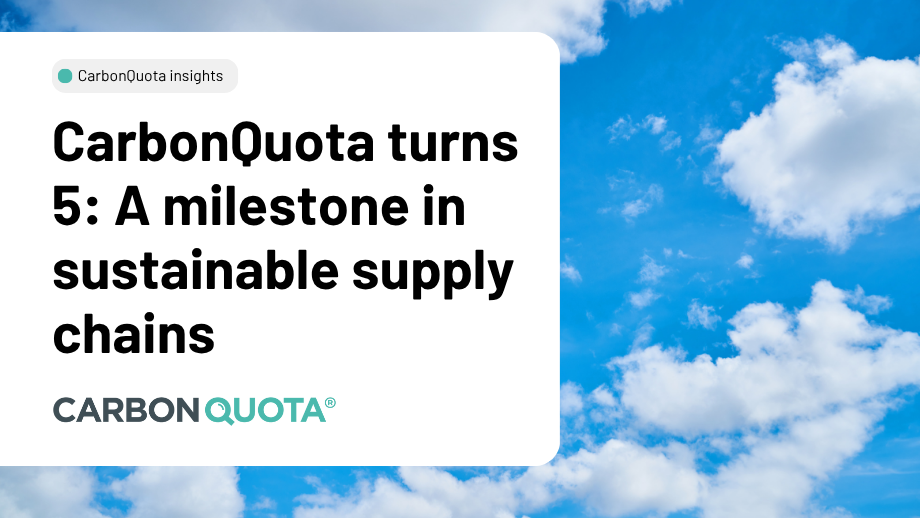Become part of the conversation
Addressing the carbon footprint of the print and packaging industry is no longer a choice; it’s an absolute necessity. The days when using certified materials was sufficient to stand out are long gone. Now, clients are seeking greater transparency and demanding carbon accountability.
In this blog we dive into the unique challenges and opportunities that printing and packaging businesses face in the intricate world of carbon accounting. We’ll address critical questions and seek practical solutions that enable you to confidently join the carbon conversation.
Why carbon matters
Carbon has become one of the most pressing concerns for our world. In September 2023 the Stockholm Resilience Centre warned that we have now crossed dangerous climate change thresholds. Carbon has firmly cemented its place in everyday discussions – from world and government legislation to company boardrooms, cascading down to the daily interactions you have with your clients.
As climate change intensifies, consumers, brands, and governments are increasingly looking to businesses to take action. It’s crucial to grasp not only topline environmental necessities but also to be honest about your impact on the environment in order to safeguard your place in the industry.



